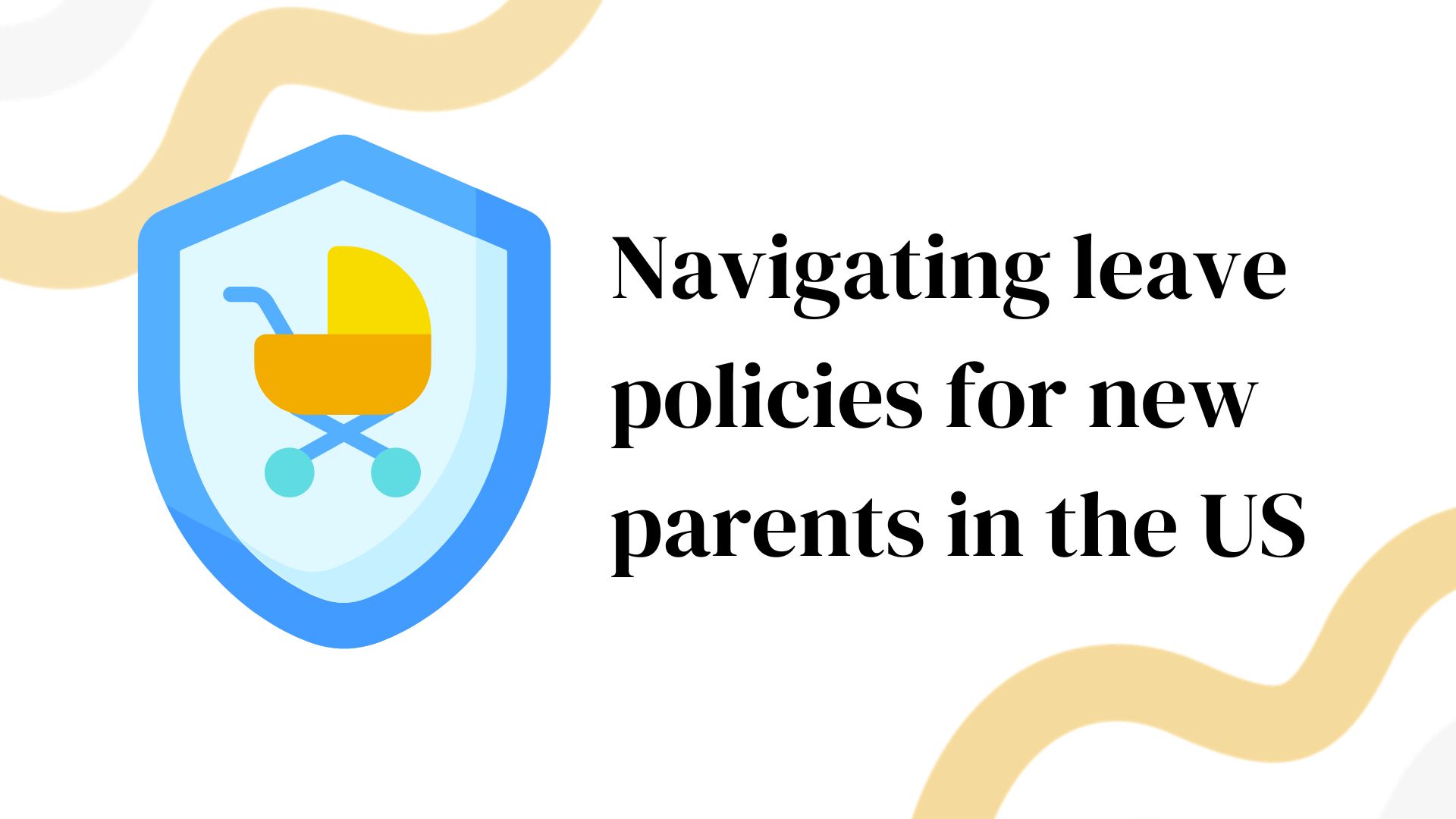Leave policies for new parents in the United States have been a topic of debate and discussion for years. The US does not have a federally mandated paid parental leave policy, leaving millions of new parents and their employers to navigate a patchwork of state and employer-specific benefits.
The Family and Medical Leave Act
The Family and Medical Leave Act (FMLA) signed into law in 1993 requires employers to provide up to 12 weeks of unpaid leave for several medical conditions, as well as the birth of a baby.
Maternity Leave vs Paternity Leave vs Parental Leave
Maternity, paternity and parental leave all refer to leave taken by parents to care for a newborn, newly adopted, or foster child. However, parental leave as a term has been growing in popularity for its gender-neutral approach.
If an employer offers maternity leave, they must offer paternity leave at the same level and vice versa.
Federal Regulations
The FMLA provides eligible employees with up to 12 weeks of unpaid leave for the birth, adoption, or foster care placement of a child, as well as for the care of a spouse, child, or parent with a serious health condition.
If employees choose to use the FMLA to go on regular unpaid leave without any extended or paid leave, the FMLA has several limiting stipulations. In order to receive leave protections under FMLA, employees must:
- work for a covered employer
- have worked 1,250 hours during the 12 months prior to the start of leave (special hours of service rules apply to airline flight crew members)
- work at a location where the employer has 50 or more employees within 75 miles
- have worked for the employer for 12 months
State and City Regulations
Several states and some cities have implemented their own parental leave policies to supplement the FMLA. For example, California, New York, New Jersey, and Rhode Island have state-run programs that provide partial wage replacement during parental leave. Additionally, some companies, particularly in competitive industries, have begun offering more generous parental leave benefits to attract and retain talent.
States like Michigan and Minnesota now provide employees with 15 and 18 weeks of paid family leave, respectively. On a national level, as of 2020, under the Federal Employee Paid Leave Act, all eligible government workers get 12 paid weeks of parental leave within the first 12 months of birth or placement.
Employer Policies
In addition to federal and state regulations, many employers offer their own parental leave policies as part of their benefits package. These policies can vary widely depending on the employer’s size, industry, and company culture.
A vetted EOR has the local knowledge to advise on region-specific parental leave requirements and norms while administering your global benefits – get in touch today.
